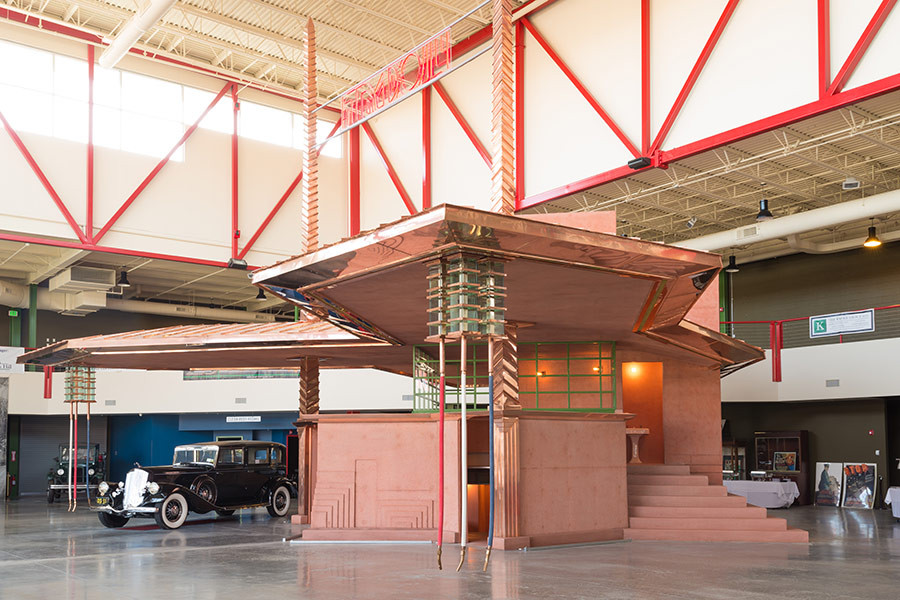
Among the vast coverage of 3D printing in the media, the technology is frequently cited as the 'future' of production, focusing on its ability to bring new things into existence quickly and cheaply. But does 3D printing have to be all about the future? As this article originally printed by Metropolis Magazine as "3D Printing Saves a Frank Lloyd Wright Treasure" attests, 3D printing also has something to offer to the past; specifically, to a deteriorating Frank Lloyd Wright building whose 'textile block' was simply too complex to restore through any other modern techniques. Read on after the break to find out how this high-tech rescue mission is being achieved.



















